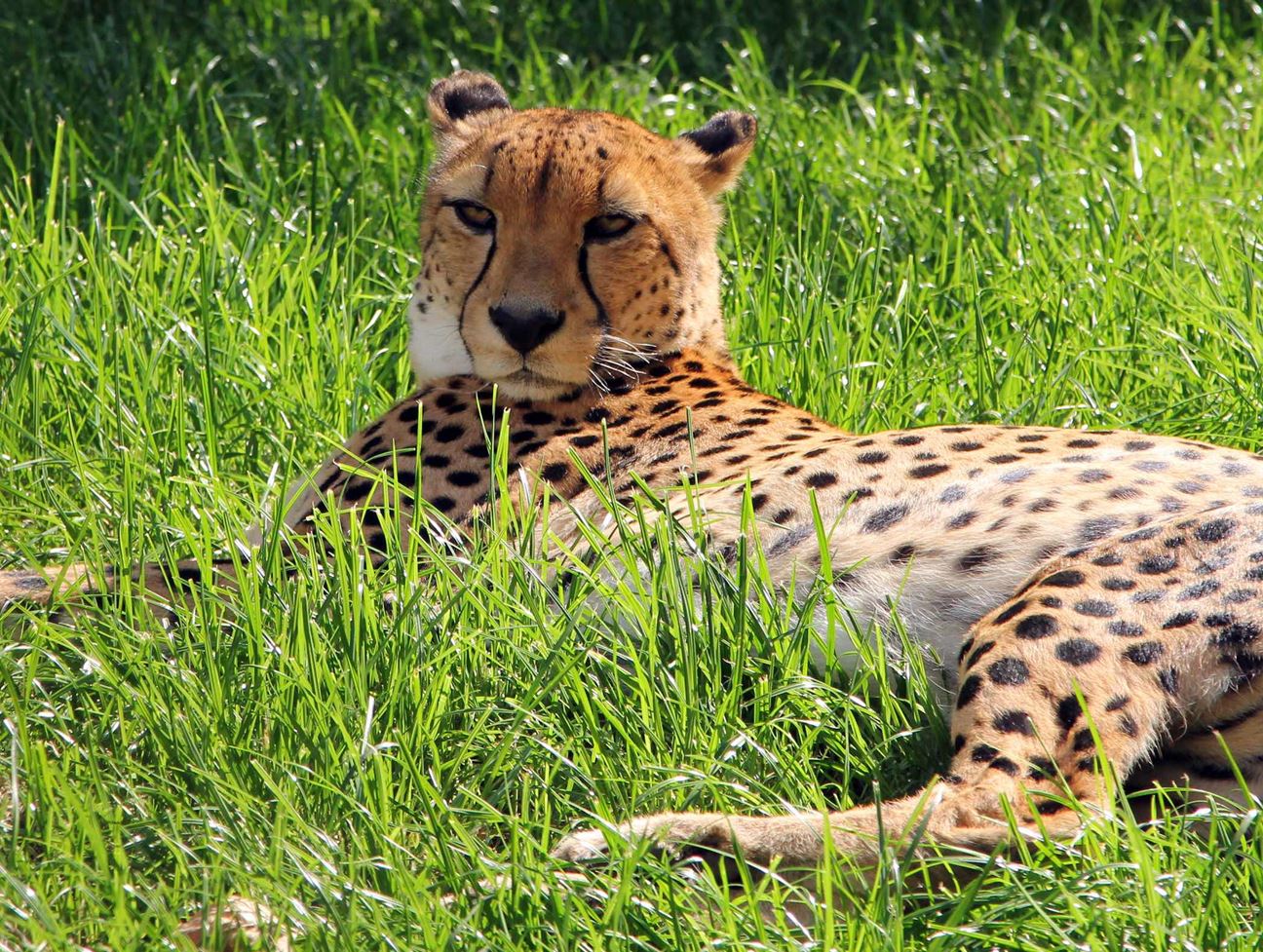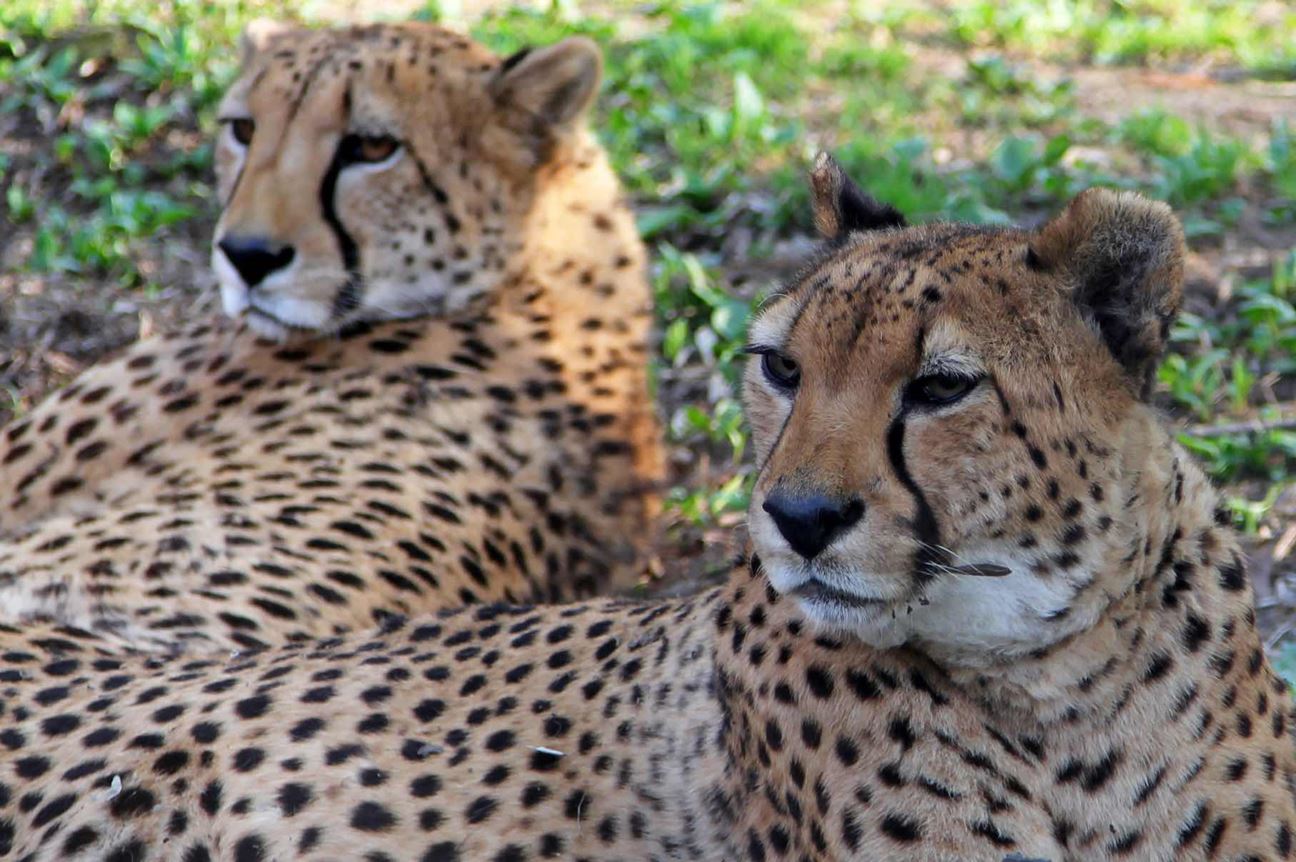A short description of the history of how the Asiatic cheetah went extinct in India, and the how efforts to bring it back have succeeded the initial stages.
The matter of reintroducing Cheetahs to India is something that has been debated for over 40 years and has even involved the Supreme Court for a fair number of those years. Priorities have been thrown around and international talks have been started and ineffectually stopped. As of January 28, 2020, the Supreme Court has allowed African Cheetahs to be reintroduced to India as a test to see if their populations will thrive.
How Did This All Start?
The last three Asiatic cheetahs, endemic to India, were infamously shot down by Maharaja Ramanuj Pratap Singh Deo in 1947. However, they were in decline before that. Asiatic cheetahs were desired by Indian royals to be domesticated for hunting purposes. They would capture wild cheetahs in hopes that they help in deer-hunting alongside the hunting dogs. However, these cheetahs rarely breed in captivity, and in this case, only one litter was ever recorded. An already small population got even smaller and eventually died out. Asiatic cheetahs are considered the only large mammal species to go extinct in India post-independence.

Why Reintroduction?
Currently, there are many successful reintroduction programmes worldwide. Some are to protect “iconic” species, like the whooping crane reintroduction in North America. Some are for ecological reasons like the ongoing discussions of reintroducing wolves and lynxes to the United Kingdom. This is a reintroduction. That means these species died out naturally or before their extinction time and now it is affecting the environment. Continuing the example of the United Kingdom, the lack of any large predators has skyrocketed the population of red deer. These deer love eating the barks off the trees which end up killing the trees. Initially, the forest thrived because the population of red deer was controlled by large carnivores, however now this huge red deer population is actually killing the forest. So even if reintroduction sounds like something that is done out of a whim or good complex, sometimes it is an ecological necessity. Actually, it can be for any reason that is good enough - which in India, seems to be media and public attention for the grassland and biodiversity crisis. This is a legitimate way of saving ecosystems, attaining national and international media attention; unfortunately, small or uncharismatic species don’t catch as much attention. The hullabaloo around cheetah reintroduction has already created so much focus on the grasslands and other endangered species that one might say it’s already working. This is not the only reason, of course, there are ecological factors that come into play, too, but the environment has already recovered from the lack of cheetahs so one might consider it not a priority. However, many consider a case of misplaced priorities. It is extremely expensive, with a low success rate, and high risk. That level of conservation effort can save many other India species on the brink of extinction.
What Are the Problems With Reintroduction?
This practice is not without its problems. When the species that is reintroduced has been locally extinct in that environment for more than 50-100 years, the habitat learns to thrive without that species. The environment reaches its own equilibrium without that species. Reintroduction that is not done without extremely careful planning and research could potentially be much worse than good and topple the ecosystem. This is the biggest backlash that various reintroduction programs face. This is why reintroduction requires a lot of government intervention and permission before being allowed to continue.
The initial problem with reintroducing Asiatic cheetah into India is that they’re an extremely endangered species. The only population survive in Iran, in captivity, where only 40 odd cheetahs currently exist. There were multiple attempts at talks with Iran, where India requested a pair of male and female cheetahs to be sent over, so it could be tested if breeding was possible. All talks were ceased after the Islamic Revolution of 1979. Understandably, breeding Asiatic cheetahs in captivity is extremely difficult, and successfully reintroducing them has never happened. With a number, as low as 40, it is easy to see why Iran does not wish to just hand over a couple of cheetahs to India. It is unverified whether they think this reintroduction is a case of misplaced priorities as well.
How Has the Process Been So Far?
India, eventually, started considering African cheetahs instead of Asiatic cheetahs. The Supreme Court ruled that this would legally be an introduction, not a reintroduction, as previously debated. There were a lot of studies and questions about the ethics of introducing an animal that was never in the country in the first place. The genetics, in particular, was very important -- even to the Supreme Court. Geneticist Stephen O’Brien has been researching and comparing African cheetah genes to Asiatic cheetah genes and has found that they are in fact almost identical. The two cheetah species are speculated to have split from each other 5000 years ago, which is not enough to form a proper subspecies separate at a genetic level. Finally, on January 28, 2020, the Supreme Court ruled in favour of bringing African cheetahs to India as a part of the introduction plan.

There has been a lot of backlash to this process since the beginning. A large portion of the criticism lies in the fact that various other animals currently face extinction and reintroducing cheetahs seems to be a case of misplaced priorities. Species like the Asiatic lion, the Bengal tiger, the Great India bustard, all are animals that have declining populations. However, there are significant conservation efforts being put into these species, and cheetah introduction does not mean that there will be an effect. Most arguments starting with, “But what about ___ animal, who’s conserving that” is based on baseless whataboutery that does not have any actual scientific evidence. In fact, cheetahs are classified under “charismatic megafauna” - meaning beautiful and appealing animals to the general public. Charismatic megafauna has been very successfully used to raise funds for animal welfare; the WWF used the panda - whose populations are now no longer endangered. The hullabaloo around cheetahs can actually be used very well to raise awareness and money for conservation. As harsh as it sounds, people don’t really care much for the conservation of a less dramatic animal with a less dramatic story.
However, this whataboutery does make a certain amount of sense. The reintroduction process has been long drawn out and extremely expensive. The number of ecologists that are involved in it is huge. The ethical argument that comes into play is - no matter how charismatic a species, why is all the attention focused on it? The same effort if put into other extant but endangered species would benefit them greatly, and potentially more successfully the difficult cheetah reintroduction. This does seem to be a case of placing priorities onto the media and hype around a big cat than actual ecological necessities. This is why the backlash exists so strongly.
This argument is best closed by words from M.K Ranjitsingh, conservationist, and India’s first wildlife director. He mentions how India is a land where the symbolism of an animal is very important. He stressed how conservation efforts into the Bengal Tiger managed to save the Sunderbans, which were undergoing serious deforestation at the time. By creating a large ruckus about tigers, the Sunderbans were protected as a part of the process. He hopes that India’s most productive ecosystems -- the grasslands -- can be saved by doing the same with the cheetah. The success of the Sunderbans is undeniable. So is it really misplaced priorities if we are in fact doing this to save a whole ecosystem?